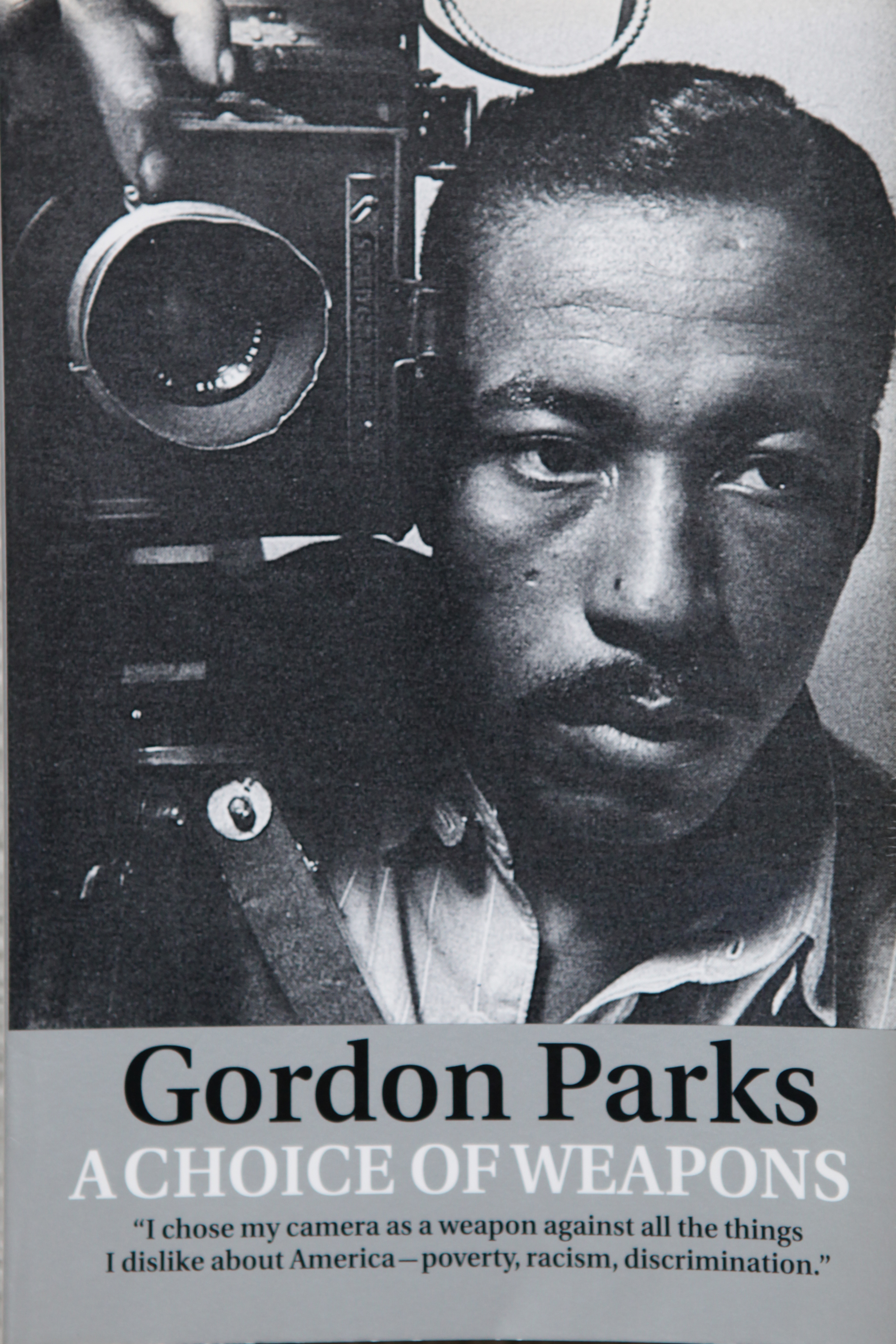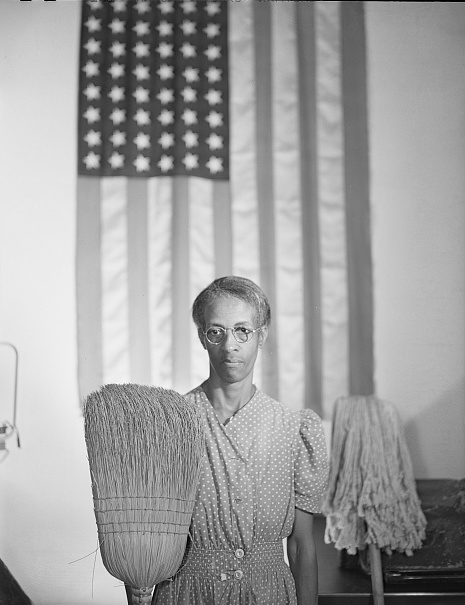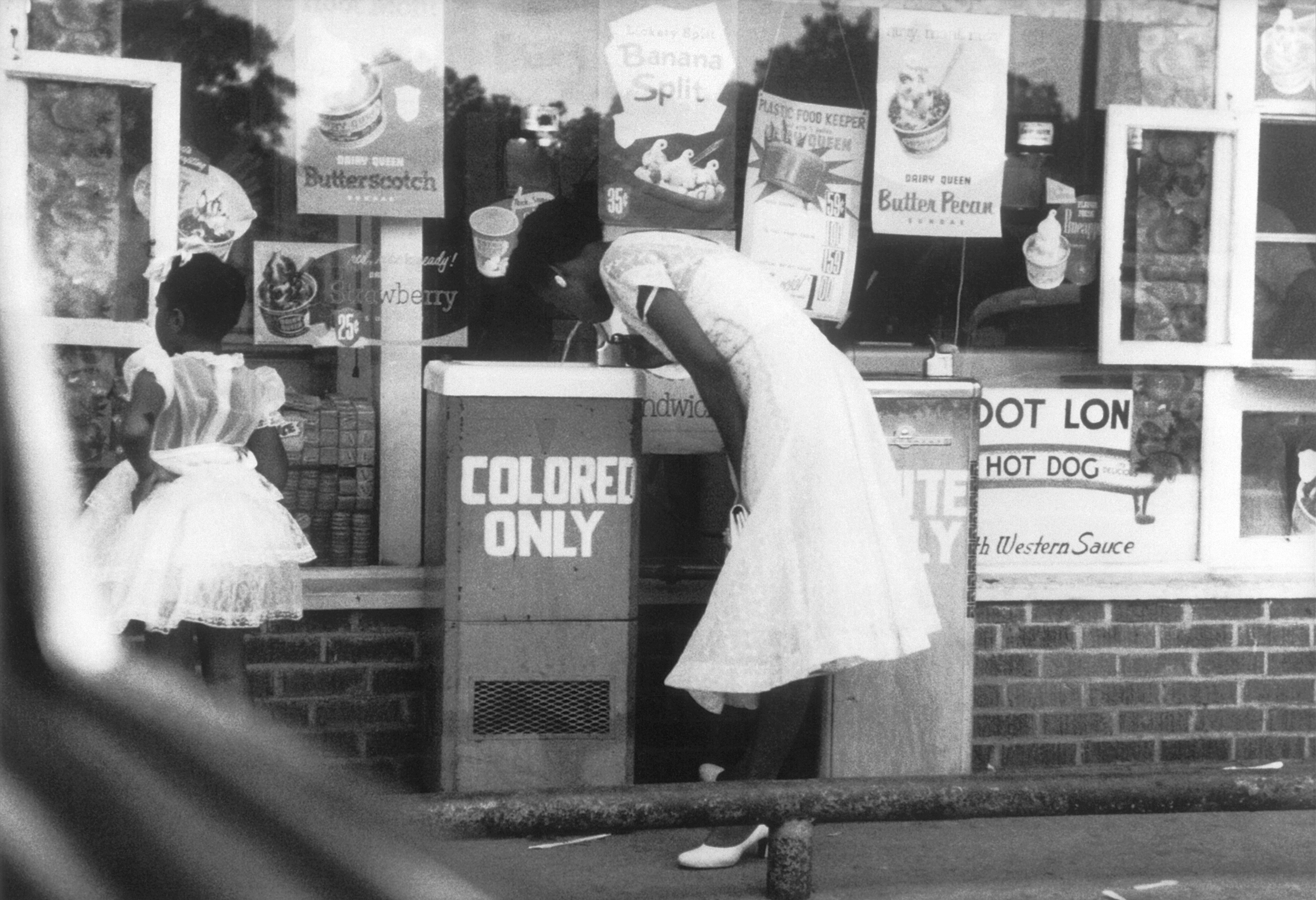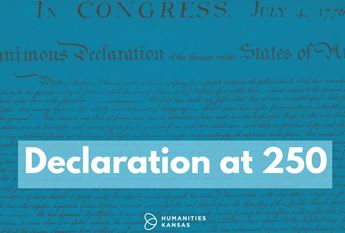

Big Idea: Seeing the World Through the Eyes of Gordon Parks
November 2, 2020
by Kirk Sharp, Director of the Gordon Parks Museum in Fort Scott
Gordon Parks was a Renaissance Man – an internationally known photographer, filmmaker, writer and musician who discovered a passion and appreciation for photography while working as a waiter for the railroad in the 1930s. While on a work break, Parks became mesmerized with photographs in a magazine taken by photographers working for the Farm Security Administration (FSA), including Dorothea Lange and Walker Evans. These images in the magazine and a chance visit to the Chicago Art Institute during a railroad layover cemented a lasting admiration of photographers and fueled Parks’ hunger, focus, and determination to become a photographer himself.
During another railroad layover in Seattle, Parks made a purchase at a pawn shop that would forever change his life and launched his quest to fight against racism, discrimination, and poverty with his weapon of choice: a $12.50 camera.

In Parks’ early career as a photographer, he often took photographs of fashion models but in 1942, while working for the FSA, he took the photograph that helped introduce the world to his fight against social and economic injustices. This photograph titled American Gothic uses the same name of the well-known Grant Wood painting of the stoic man holding a pitchfork beside a woman in front of a farmhouse. In Parks’ version, the photograph features Ella Watson, a charwoman – a part-time janitor in today’s language – while she was working late one night at the office of the FSA in Washington D.C. She is shown standing in front of the American flag holding a broom and a mop.

The images Parks took during the civil rights movement and in the segregated south showed the world the true realities of his subject matters. The photographs are striking, harsh reminders of the struggle for freedom and equality and leave a lasting impression in hopes history is not repeated.

"Drinking Fountains, Birmingham, Alabama," 1956 by Gordon Parks
Yet Parks’ photographs capture astonishing images of beauty as well. “The camera is not meant to just show misery,” said Parks. “You can show beauty with it; you can show things you like about the universe, things you hate about the universe. It’s capable of doing both.”
Gordon Parks’ photographs are truly iconic and will stand the test of time for generations to come. His work has always been significant and most certainly remains important today. His legacy of thought-provoking images will be everlasting. It’s always a great time to view, enjoy, and appreciate the photography of Gordon Parks, but now more than ever it is crucial to see the photographs of Gordon Parks with new eyes.
About Kirk Sharp
Kirk Sharp is the director of the Gordon Parks Museum in Fort Scott, Kansas.
Watch
Watch "The World Through the Eyes of Gordon Parks," a Big Idea Zoom conversation about the work and legacy of Kansas-native Gordon Parks with Kirk Sharp, Poet Annette Billings, and Dr. Valerie Mendoza of Washburn University.
Spark a Conversation
Read
- Gordon Parks, A Choice of Weapons
- Gordon Parks, The Learning Tree
- Gordon Parks, A Poet and His Camera
Watch




